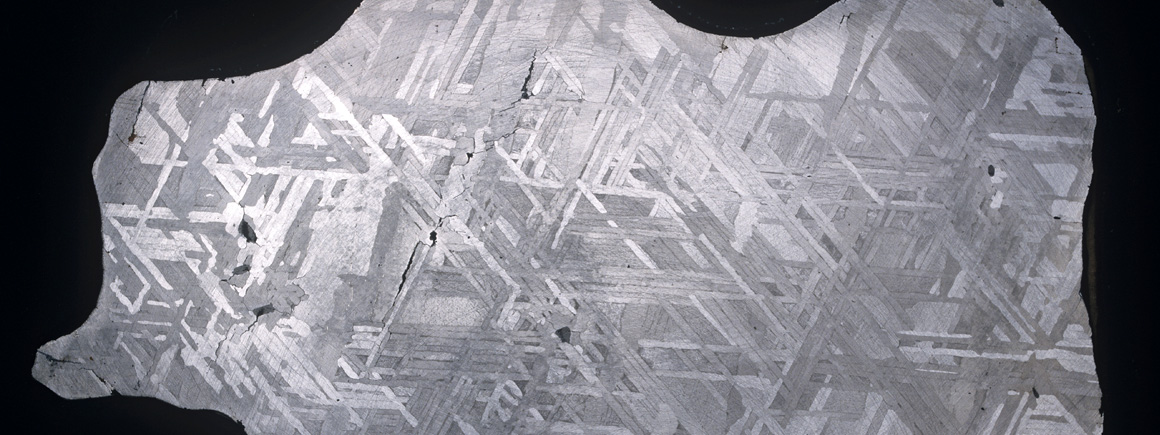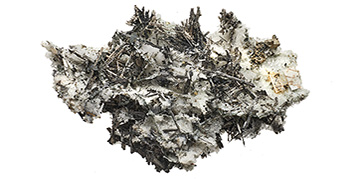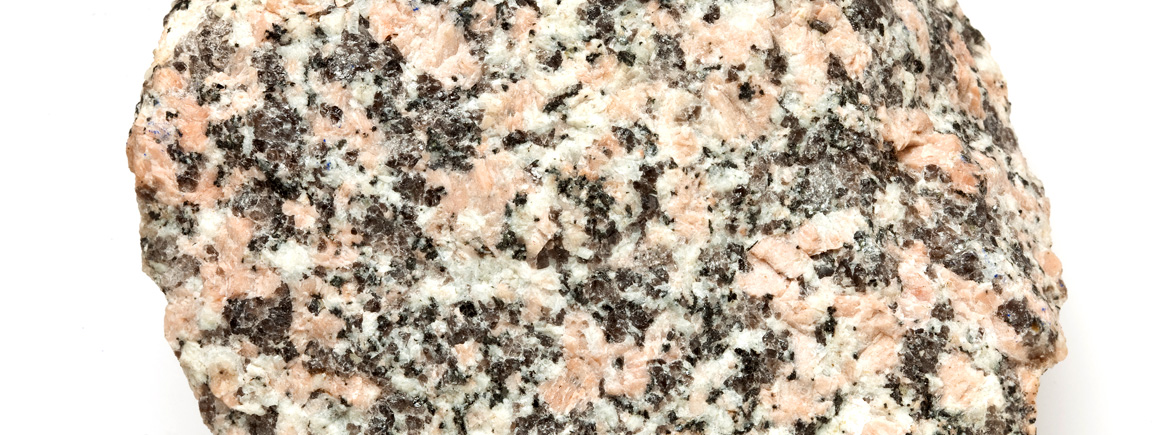The project
To use fossilized micrometeorites to infer Earth’s past atmospheric composition.
This is an interdisciplinary research project that works across traditional Earth science barriers to develop a new climate proxy.

A selection of fossilized micrometeorites recovered from Cretaceous chalk. These particles were initially composed of Fe-Ni metal but during atmospheric entry they oxidized to form Fe-oxide minerals.
Their extent of oxidation provides insights into the composition of the atmosphere at the time when they fell to Earth. In this case ~87 Million years ago.
We are pioneering a new field of study that will use micrometeorites, grains of cosmic dust, to investigate how the composition of Earth’s atmosphere has changed over time.
We will use this novel mechanism to quantify climatic and atmospheric change through the Anthropocene and Earth’s ancient past.
We will establish a new collection of micrometeorites extracted from deep-sea sediments.
The target sediments form part of the Museum’s historical ocean bottom deposits collection. They are already well-studied by previous micropalaeontology research and sample a range of critical periods in Earth’s history during which Earth’s climate was undergoing major change.
We will extract ancient, fossilized micrometeorites and analyse their chemical and isotopic composition. These data will be fed into atmospheric entry numerical models.
We will analyse their textures, chemical composition and abundance and use these data to investigate how micrometeorites are altered by diagenetic processes and how the abundance of micrometeorites and their degree of oxidization varied over time.
Such data are critical to resolving the history of the asteroid belt (where collisions between asteroids released dust that fell to Earth millions of years ago) as well as exploring how Earth’s atmospheric oxygen and carbon dioxide levels changed over geological time.

A series of sectioned Iron-rich (I-type) micrometeorites showing variable oxidation extents (from 'A' least oxidised to 'E' fully oxidized). By analysing a statistically significant population of fossil micrometeorites we can infer how oxidizing the ancient atmosphere was.
The lead researcher on this project is Martin D. Suttle. His research background is in the microanalysis of extraterrestrial materials with a focus on unmelted micrometeorites and hydrated carbonaceous chondrites.
Martin has worked with many different micrometeorite collection including several Antarctic collections and the first ever collection recovered from an urban area (rooftops of buildings in Oslo and France).
In 2017 he recovered fossilized micrometeorites from Cretaceous chalk and characterized their diagenetic alteration.
This project is supported by researchers in the planetary science and micropalaeontology groups of the Museum.
To use fossilized micrometeorites to infer Earth’s past atmospheric composition.
This is an interdisciplinary research project that works across traditional Earth science barriers to develop a new climate proxy.
Principal investigator: Sara Russell
Co-principle investigator: Martin D. Suttle
Project participants: Natasha Almeida, Epi Vaccaro, Giles Miller, Ashley King, Paul Schofield, Steve Stukins
Funding: Internal funds (DIF bid: developing consortium, collections enhancement)
External participants: Dr. Matt Genge
Dates: August 2021 to August 2022
Suttle, M.D, Genge, M.J (2017) Diagenetically altered fossil micrometeorites suggest cosmic dust is common in the geological record. Earth and Planetary Science Letters. V 476, 132-142

The Museum houses one of the world's finest collections of meteorites, with around 5,000 individual pieces from 2,000 meteorites.

The Mineralogy Collections at the Museum are made up of separate collections of minerals, gems, rocks, meteorites and ores.

The Museum’s rock collection consists of approximately 123,000 samples collected from around the world during the last 250 years.